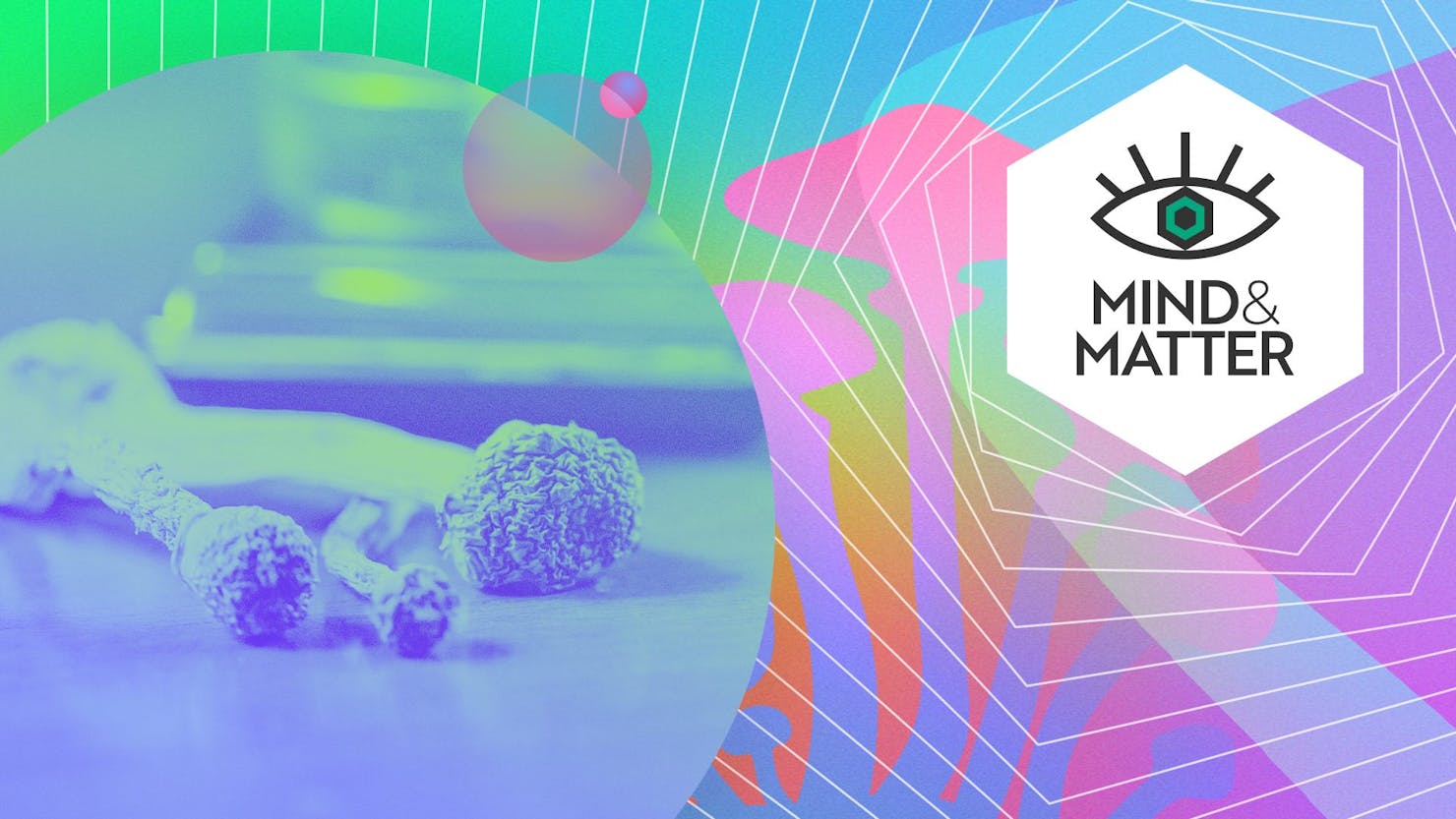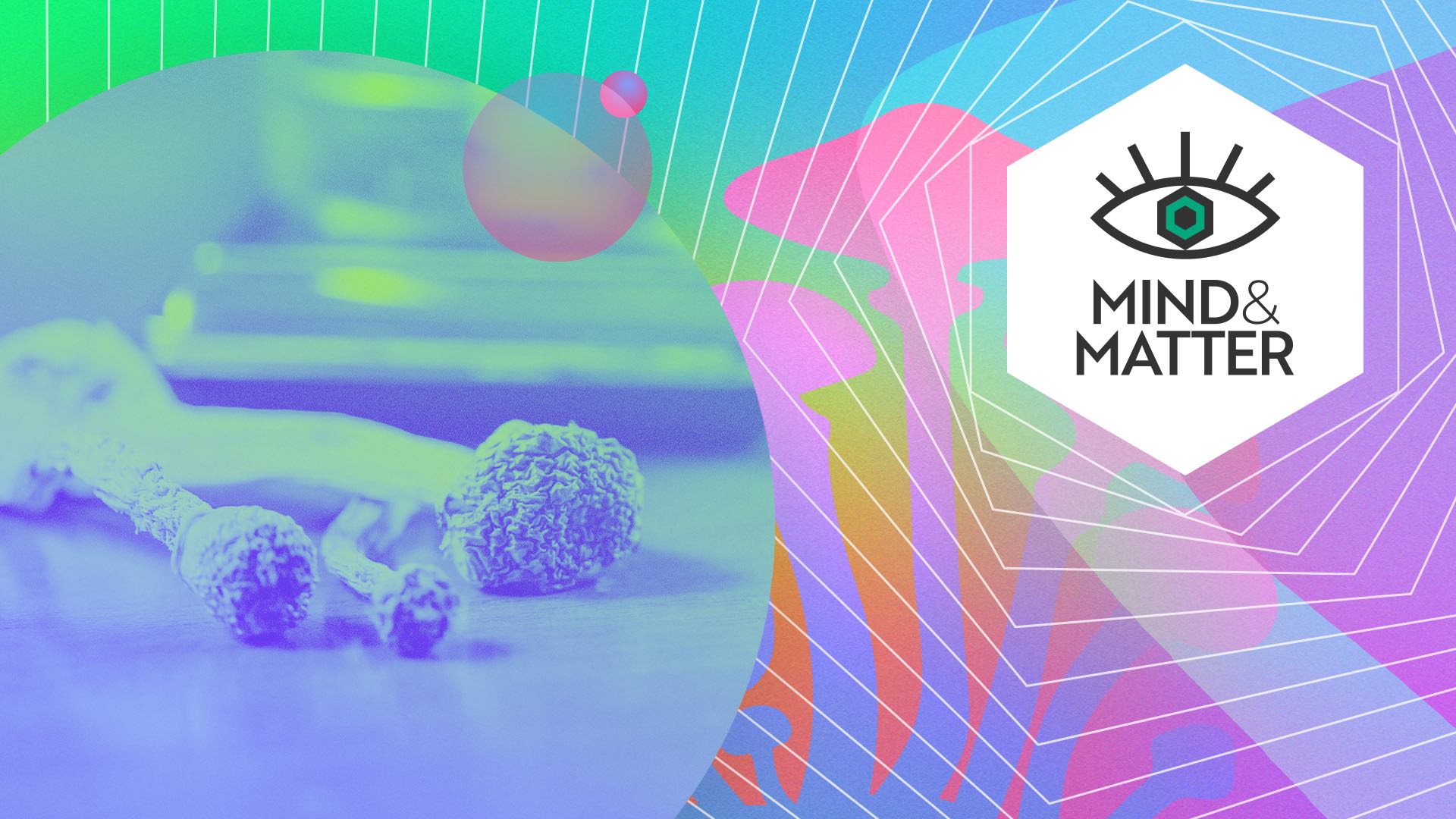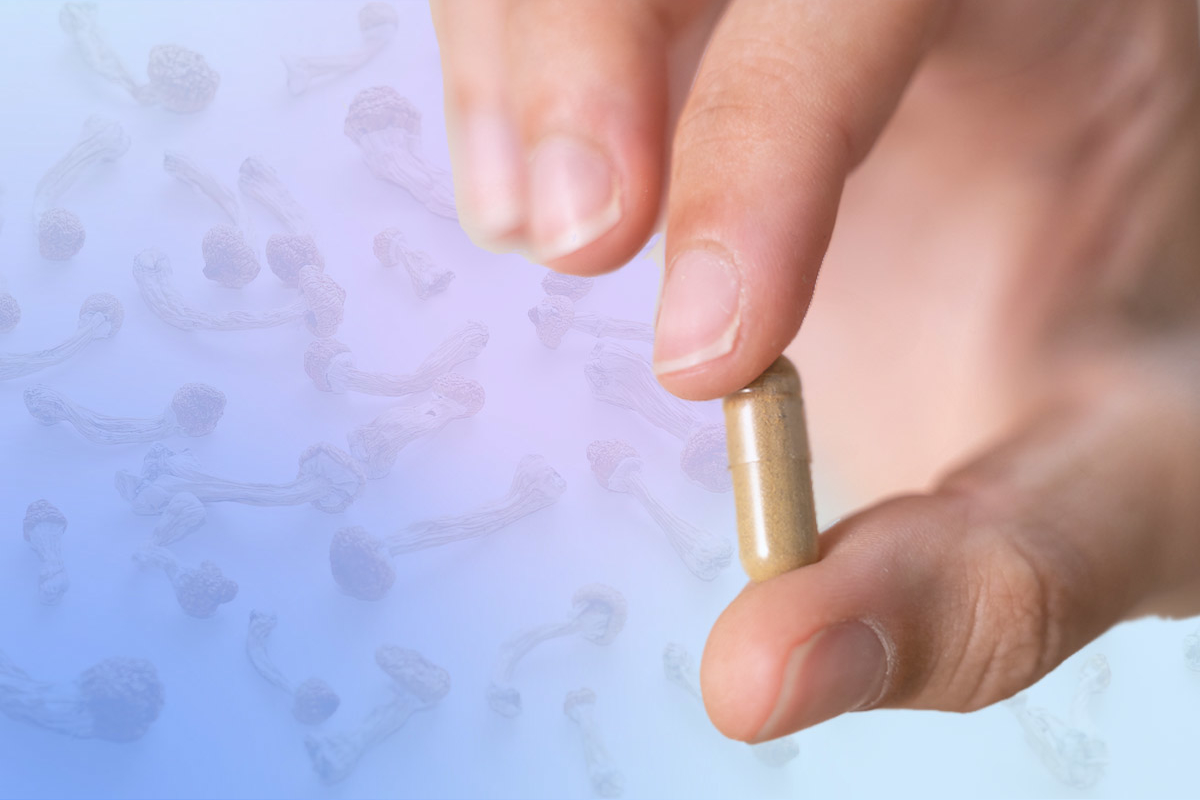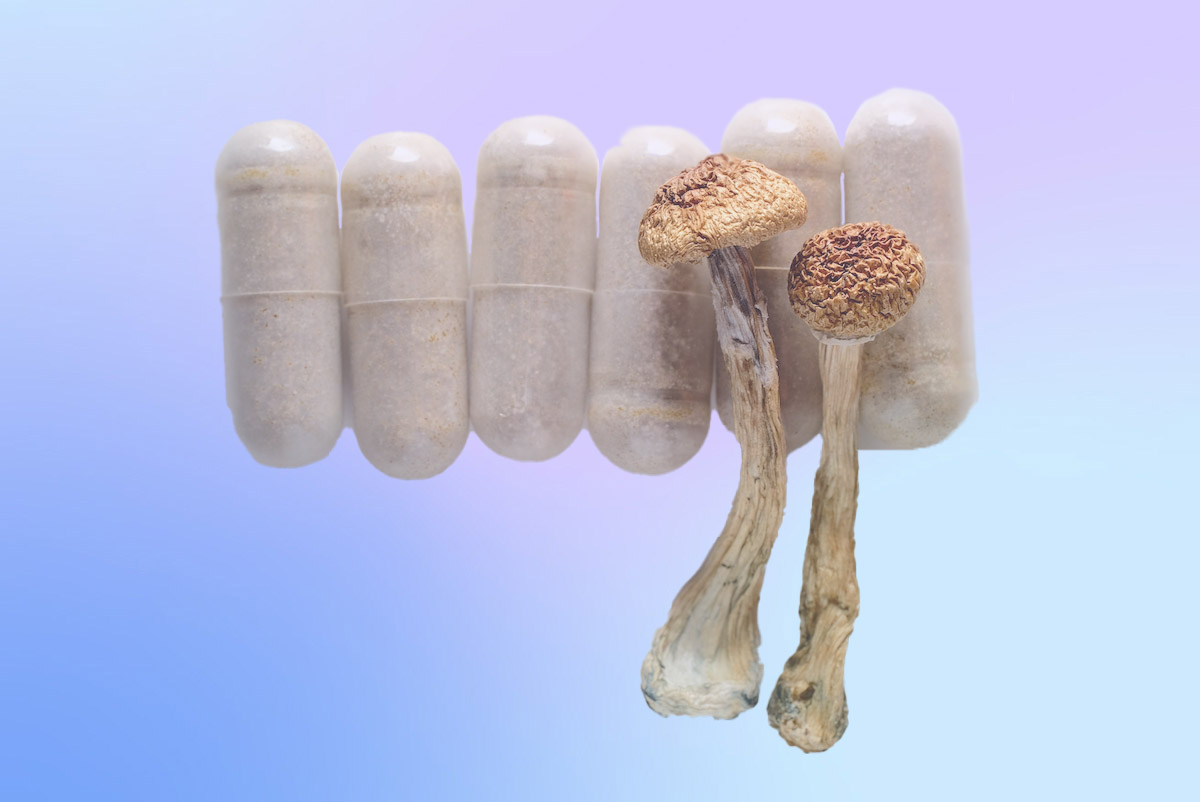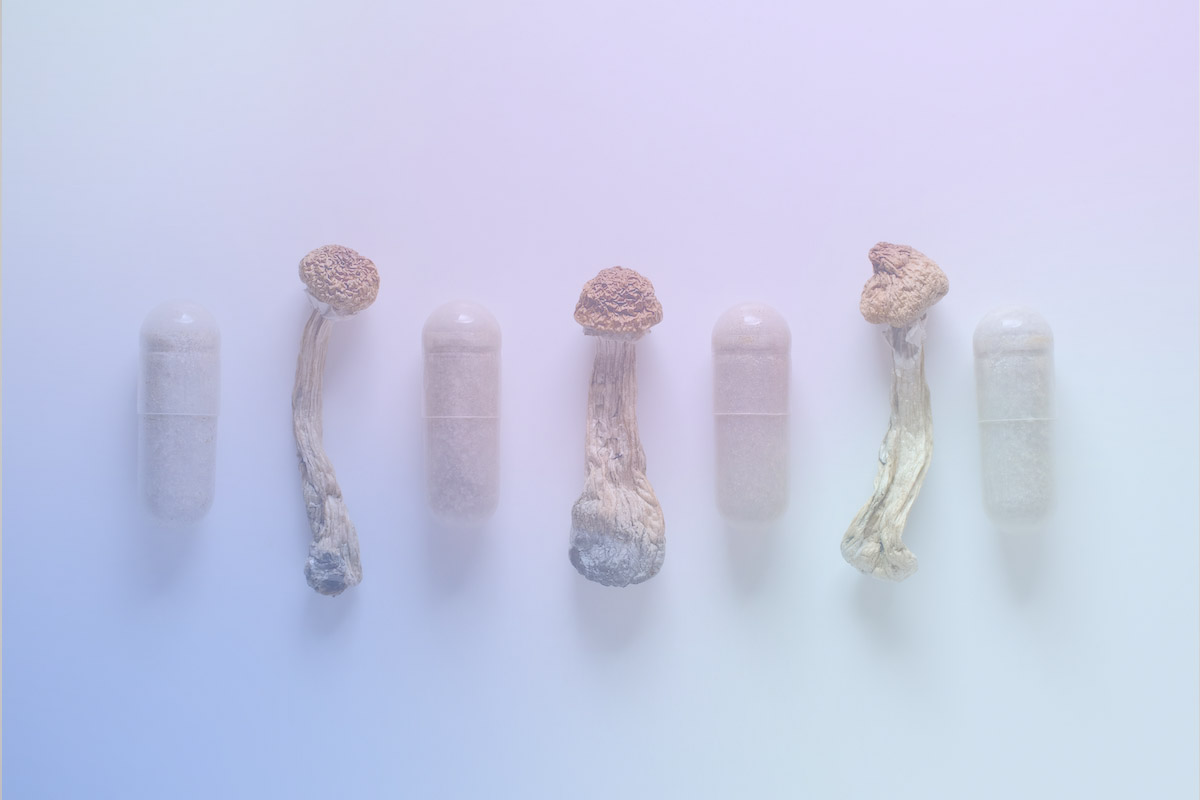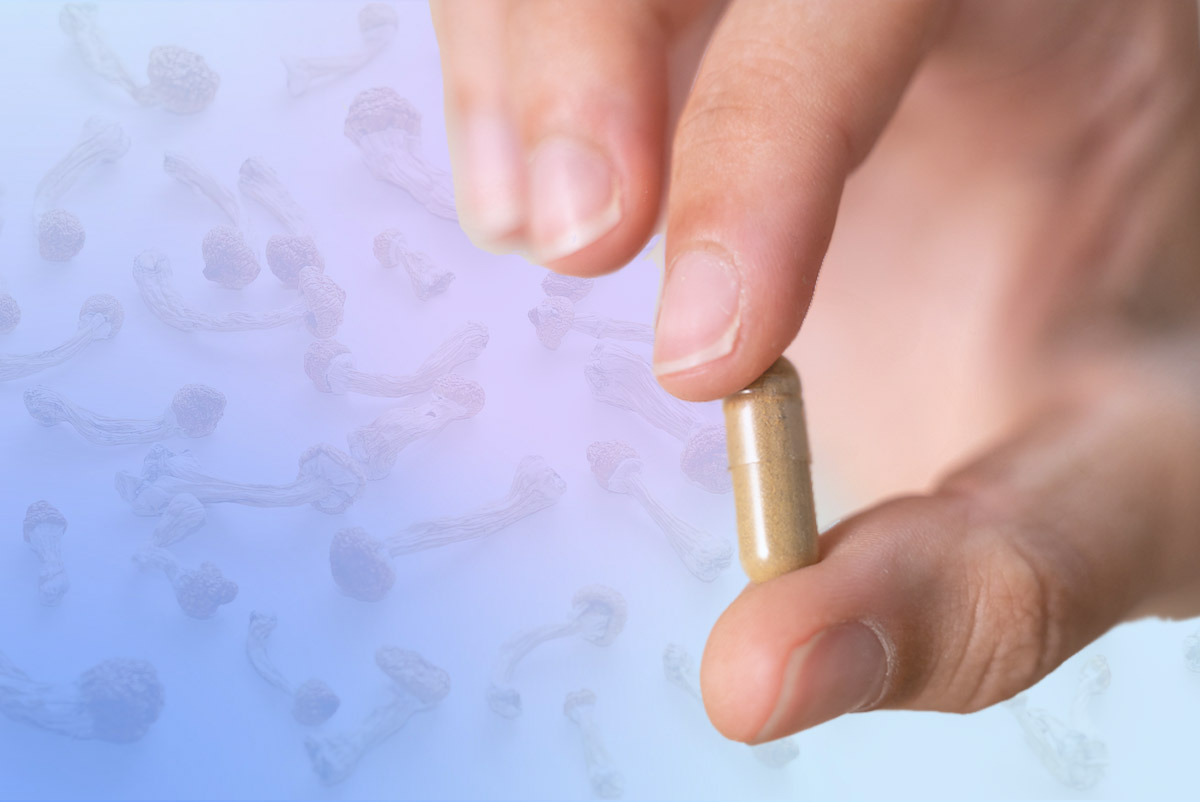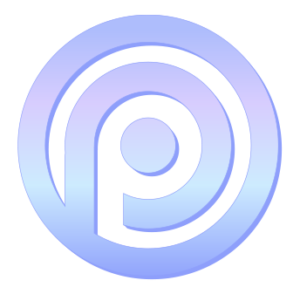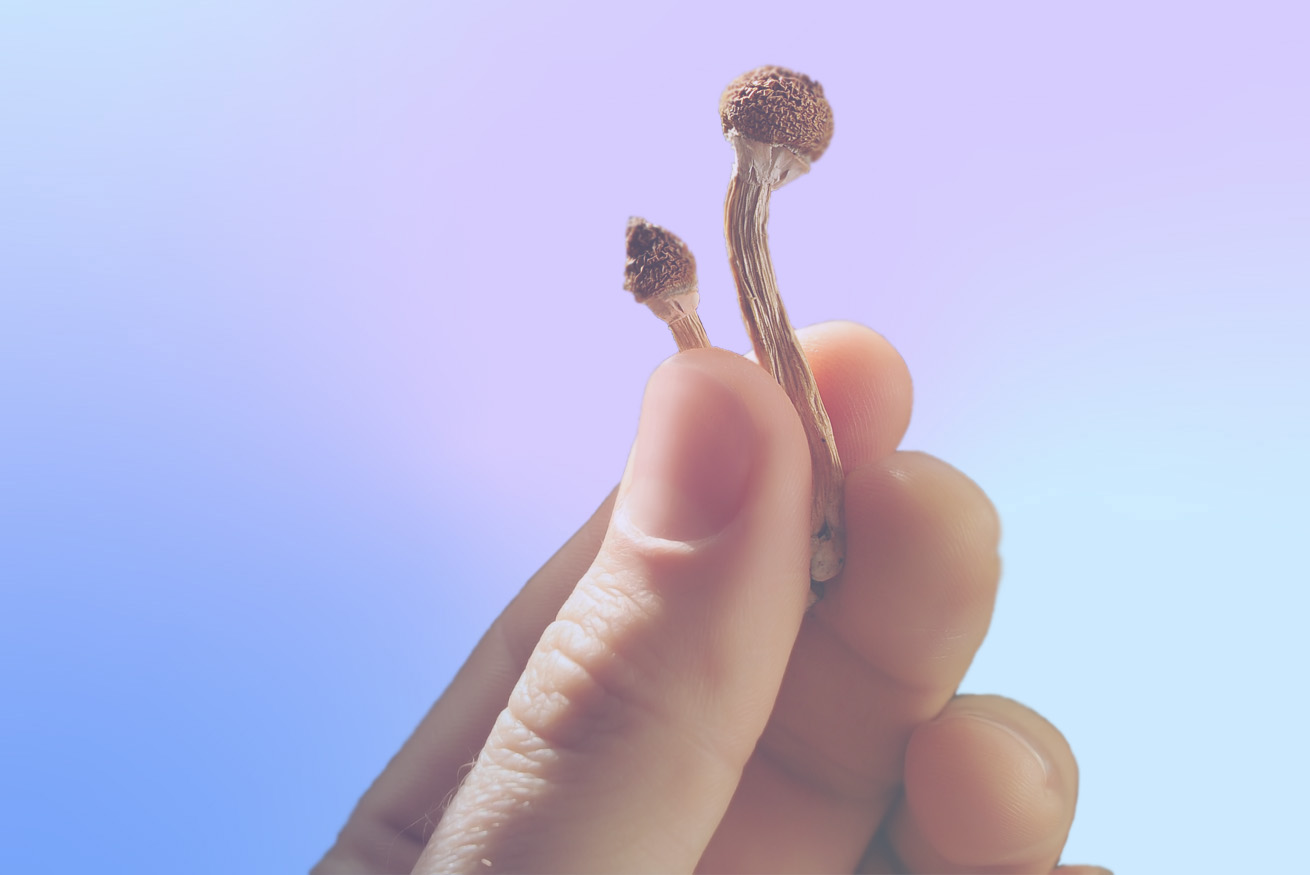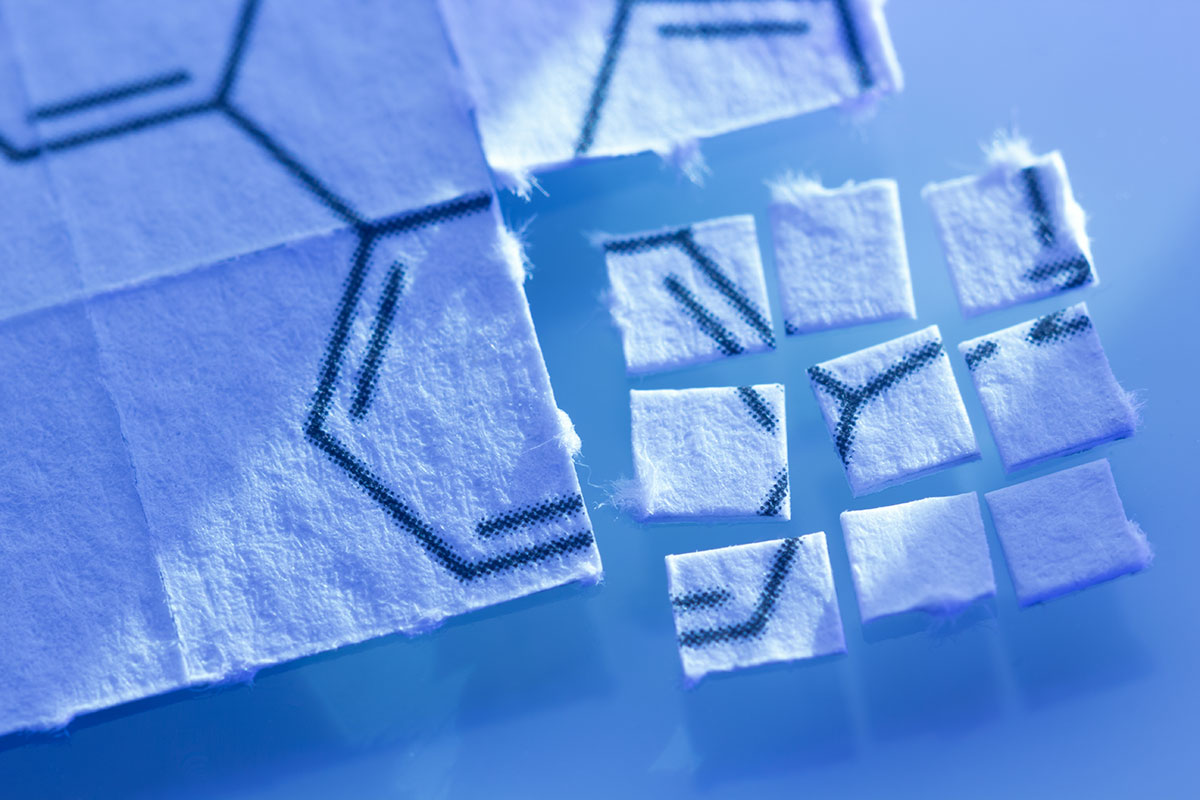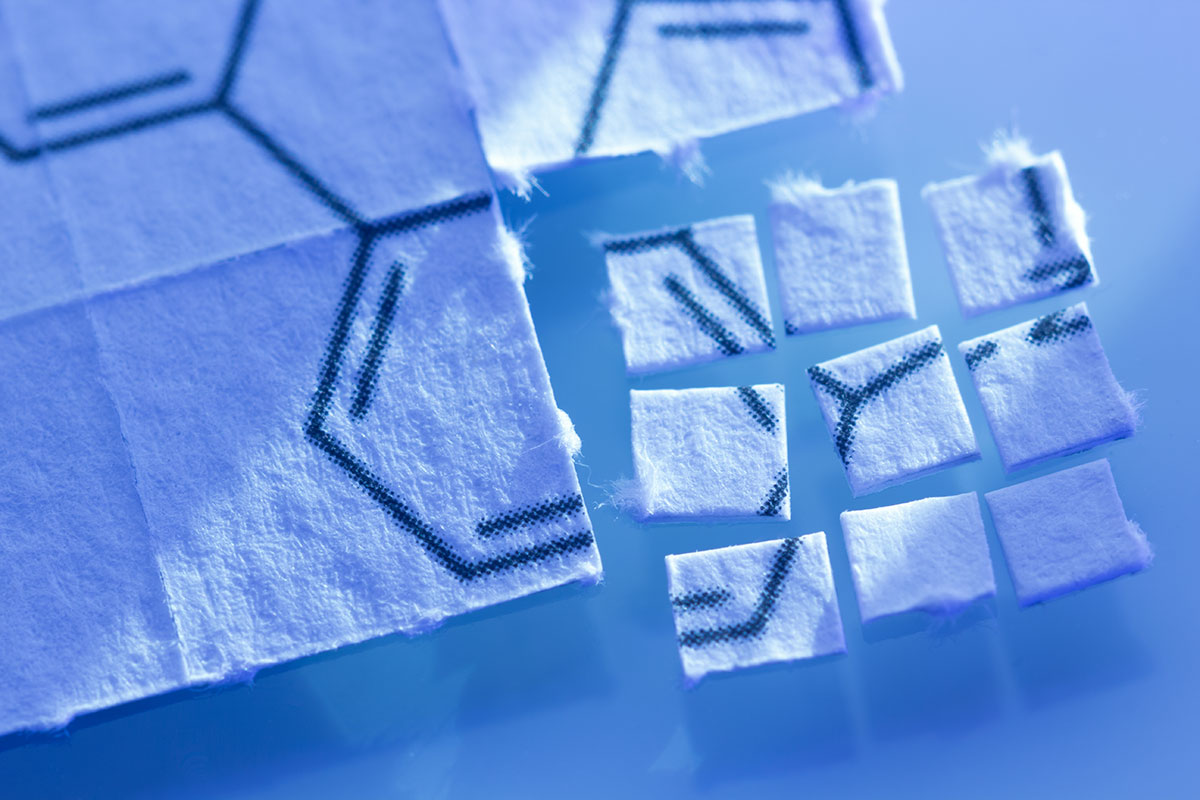mr peabody
Bluelight Crew
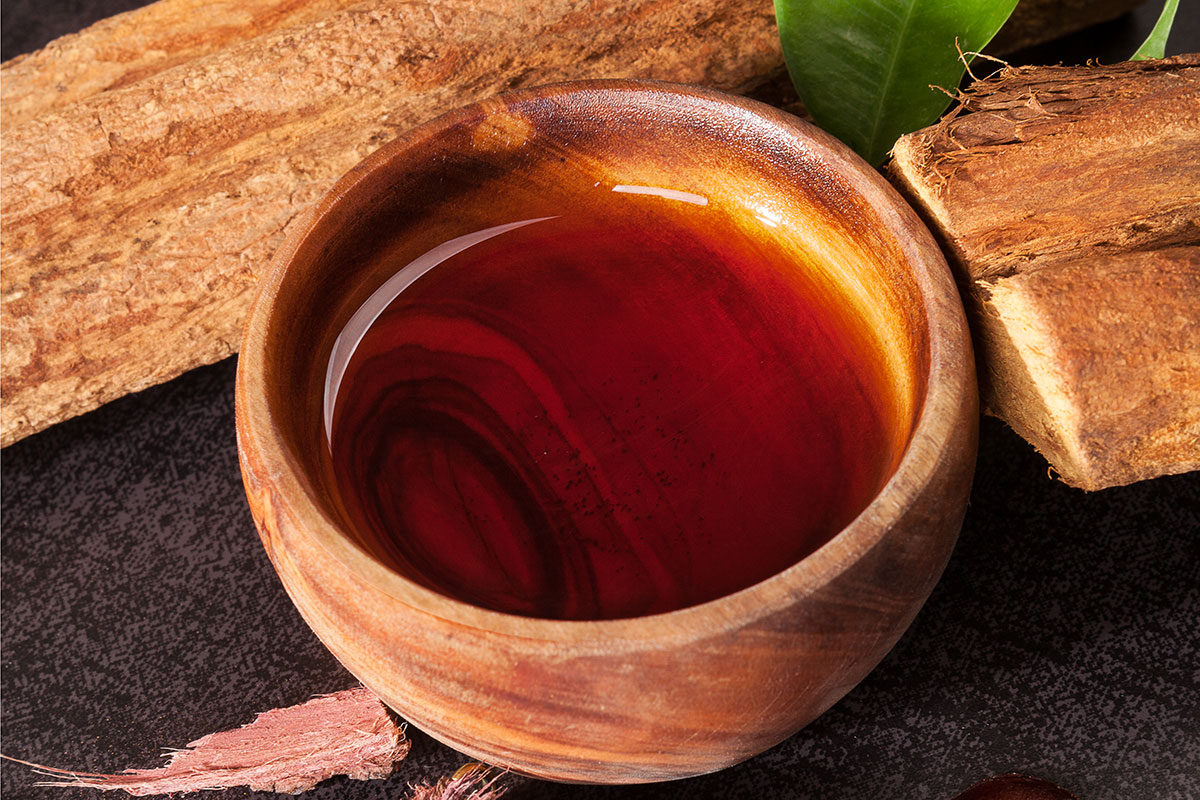
The Benefits and Risks of Microdosing Ayahuasca
by Leia Friedman & Dr. Lynn Marie Morski, MD, Esq
Ayahuasca, a traditional Amazonian psychedelic plant brew, is becoming increasingly popular with people from all over the world. Although commonly known for its use in ceremonies where participants undergo an intense psychological and physical experience, ayahuasca can also be taken as a microdose.
A microdose is a sub-perceptual or barely perceptual amount of a psychedelic. Microdosing can be done on a set schedule or on an as-needed basis.
Clinical studies of microdosing are limited, and many of the survey studies about microdosing have focussed on psilocybin or LSD, rather than ayahuasca. Of the existing survey studies on microdosing, improved mood is one of the more commonly reported beneficial effects.
James Fadiman, a proponent of microdosing who popularized the idea over the last few decades, suggests that microdosers record daily variables like mood, anxiety level, creativity, quality of sleep, etc. during a period of microdosing. With this data, one can look for patterns and evaluate whether the microdosing is having any effect.
While it has not been clinically studied, some ayahuasca practitioners reportedly consume microdose amounts of the brew.
This gentle way of working with ayahuasca may be a great way to get to know the medicine and experience its effects without diving headfirst into a full-blown ceremony.
The microdosing ayahuasca experience
There are two ways that people microdose ayahuasca: the pure vine (banisteriopsis caapi) or the vine and the chacruna leaf (banisteriopsis caapi and psychotria viridis). The leaves of the chacruna plant contain DMT (dimethyltryptamine), a psychoactive molecule that often produces profound hallucinations and/or mystical experiences. At a microdosing level, however, such effects are unlikely.
The vine contains MAOI, which may be a reason for its healing properties, at least on a molecular level. MAOIs, monoamine oxidase inhibitors, slow the metabolism of certain neurotransmitters in the synapse between neurons.
Serotonin is a neurotransmitter associated with mood, appetite, sleep, sexual function, overall well-being, and more. MAOIs reduce the speed at which serotonin leaves the synapse, which may promote an antidepressant effect.
However, the reason the vine is generally taken with the chacruna leaf, at least in regular ayahuasca brews, is that it prevents the DMT from being quickly broken down in the body, so it may also have that effect in the microdose form.
One should always consider the potential risks before starting to microdose ayahuasca or the ayahuasca vine. The MAO inhibiting effect of the vine could lead to unwanted side effects if combined with certain foods, such as fermented foods, ripened fruits and vegetables, pork, cured meats, spicy foods, aspartame, alcohol, large amounts of chocolate, and more. Certain medications are unsafe to combine with ayahuasca, one should always consult a trained professional before taking something new.
What are the potential benefits of microdosing ayahuasca?
In one study, 26% of microdosers said their mood improved while microdosing. Fifteen percent of respondents reported improved focus. This study focussed on psilocybin and LSD microdosing, so while the DMT in ayahuasca is also a serotonergic psychedelic like psilocybin and LSD, it is unclear whether ayahuasca microdosing would have a similar effect.
Regular dosing of ayahuasca has found numerous beneficial outcomes, including that ayahuasca can increase neurogenesis – the production of new brain cells and neuronal connections.
Ayahuasca has also been found to have other positive effects. Ayahuasca users in one study scored high on measures of psychosocial well-being. A review of several studies on ayahuasca indicated that ceremonial use of the brew promoted introspection and positive mood. The authors concluded that long-term ayahuasca use might have antidepressant and anti-addictive effects, but more research is needed.
Anecdotal reports indicate that microdosing ayahuasca has helped people cope with depression, anxiety, grief, and trauma. People who microdose ayahuasca have also reported increased creativity, energy, a sense of connection to the world, and powerful shifts in perspective. One report says that microdosing ayahuasca helped them with self-love and acceptance.
Microdosing can also be a helpful way to reconnect with the medicine in between ceremonies or higher dose experiences. This practice may be supportive for people who are trying to abstain from addictive behaviors.
It should be noted that little research on microdosing has been done to date. However, a study released in early 2021 collected web-based mental health data of people before, during and after their 4-week planned microdosing experience (with any of a number of substances, including ayahuasca). They found that positive expectations at baseline predicted subsequent improvements in well-being, suggestive of a plaecbo response. The placebo effect is incredibly powerful, and since most microdosing studies involve collecting self-report data, it can be difficult to determine the true benefits of microdosing.
What are the risks of microdosing ayahuasca?
An ayahuasca experience may not be safe for people with heart or liver problems, kidney disorders, high blood pressure, and diabetes. Someone with a serious cardiovascular disorder may be harmed by the increase in blood pressure that ayahuasca can cause, although this is less likely at the microdose level than at a ceremonial dose.
People with heart conditions should be extremely careful about microdosing ayahuasca, as DMT activates the 5HT2B receptors in the brain. The activation of these receptors can increase the risk of developing heart valve disease.
Microdosing may carry unknown risks as it still has not been studied in a clinical setting. Some people may experience adverse side effects; 18% percent of people in one study reported increased anxiety while microdosing (although this was microdosing either psilocybin, LSD, or a combination). Another concern to consider is that microdosing may be suppressing symptoms rather than resolving them.
The vine, banisteriopsis caapi, is legal in the US and can be imported in small quantities. Ayahuasca, however, contains the schedule 1 controlled substance DMT. This is another risk of microdosing ayahuasca.
Some cities and states have decriminalized naturally occurring psychedelic substances, including ayahuasca. In these places, policing the possession of psychedelics is a low priority for law enforcement. Still, the sale of these substances can result in prosecution for drug trafficking.
In conclusion
Microdosing ayahuasca may offer support and healing for some people, but more research is needed to assess the exact effects.
Although there are different stances on whether or not ayahuasca sustainability is an issue, be sure to source vine appropriately and ethically. If you are considering purchasing a tincture or kit to microdose ayahuasca, ask about the sustainability of the vine in the product.
Check out our Beginner’s Guide to Ayahuasca to learn more about the history and current uses of this plant mixture.
*From the article here :
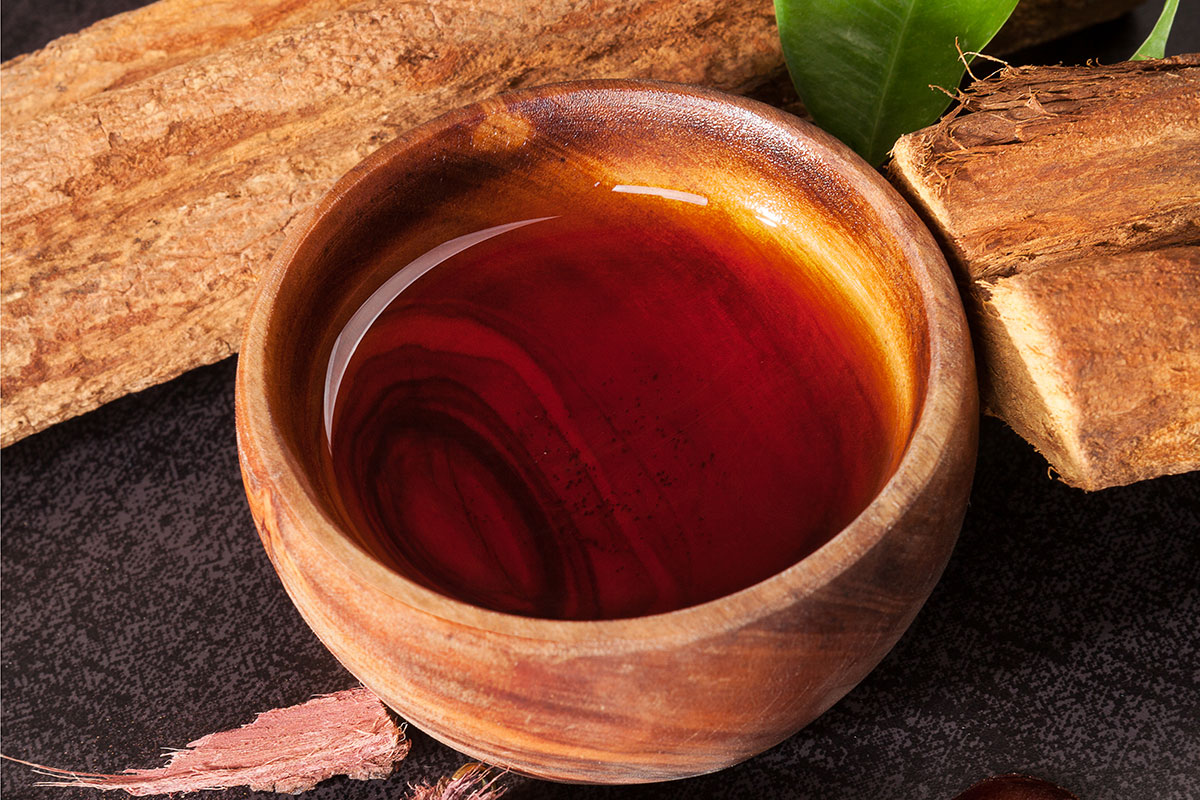
What are the Benefits and Risks of Microdosing Ayahuasca?
Medical Editor: Dr. Lynn Marie Morski, MD, Esq Ayahuasca, a traditional Amazonian psychedelic plant brew, is becoming increasingly popular with people






